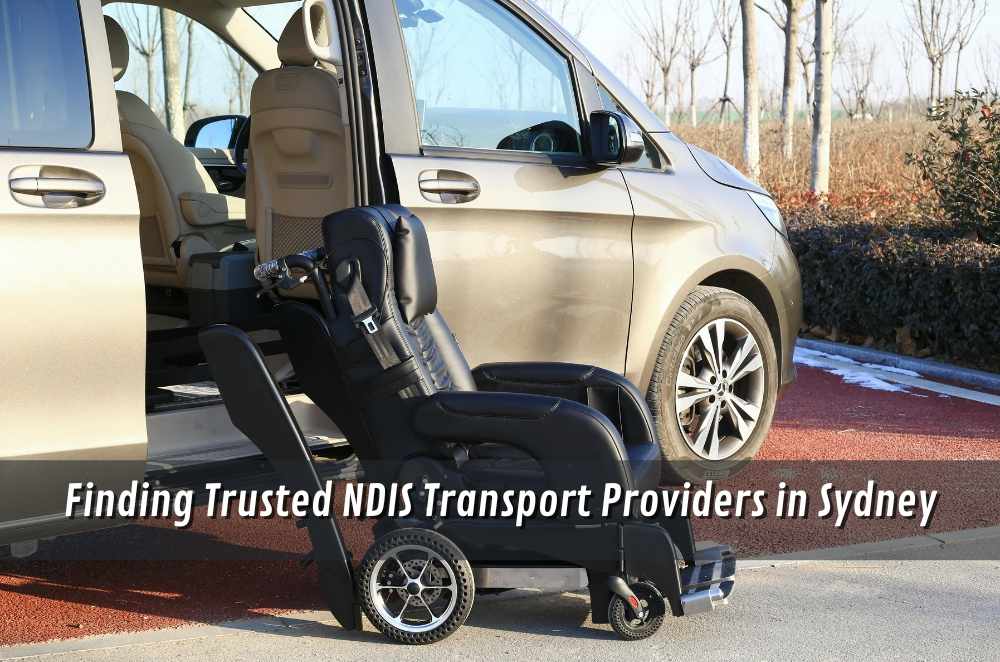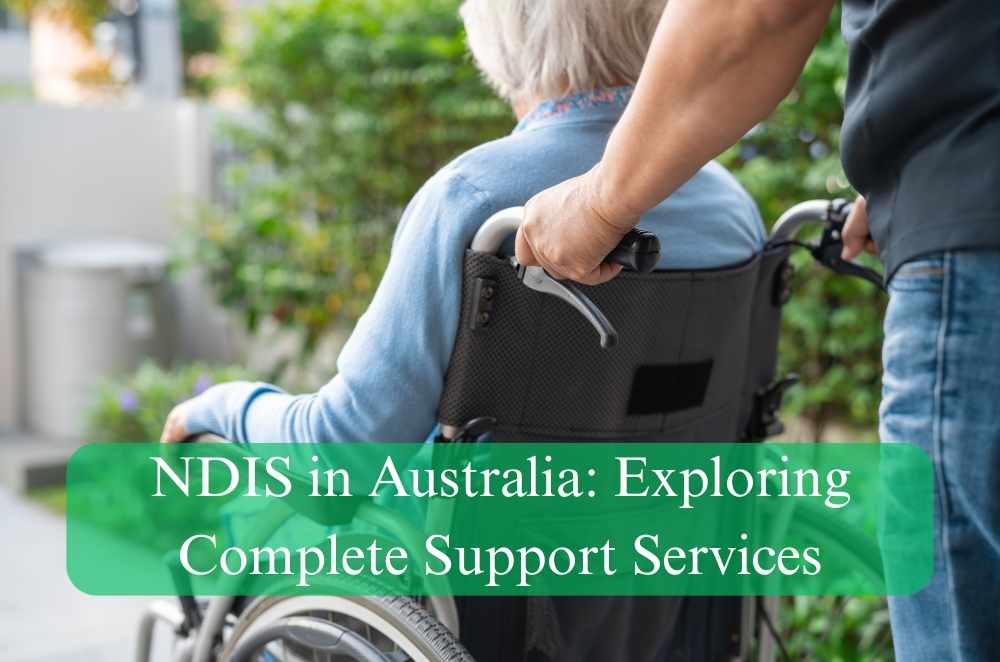
If you’ve ever tried to decode how NDIS transport funding works—especially in a city like Sydney—you’re not alone. It’s one of the most commonly misunderstood parts of the NDIS, even for long-term participants. That’s why finding the right disability transport services Sydney trusts is more than just convenience—it’s a pathway to independence.
From who qualifies, to what’s actually funded, to choosing the right support provider, the system has more layers than most people expect. And in a place as spread out and fast-moving as Sydney, reliable transport isn’t just helpful—it’s essential.
Having worked with families and carers navigating these rules, I’ve seen firsthand how confusing transport support can be. So in this blog, we’ll break it down. What counts as NDIS transport? Who’s eligible? And how do you make the most of your plan?
Let’s go step by step.
Understanding NDIS transport categories
There’s more than one kind of transport support available under the NDIS—and that’s where a lot of confusion begins.
At a basic level, transport falls under core supports, but there are different categories depending on your goals, mobility, and how much support you need to get from A to B.
Here’s a quick breakdown:
General transport funding – for participants who can't use public transport due to disability.
Activity-based transport – paid directly to support workers who assist you during trips.
Specialist transport providers – like wheelchair-accessible vans and trained drivers.
One client I worked with in Western Sydney wasn’t aware that their NDIS plan could cover transport to and from a day program with a support worker. Once we clarified their goals and usage, they were eligible for ongoing funded transport that made their week 10x easier.
What the NDIS actually funds (and what it doesn’t)
NDIS transport funding isn’t a blank cheque—it’s guided by strict rules. The NDIA looks at what’s “reasonable and necessary,” and unfortunately, not all travel costs qualify.
Here’s what’s typically included:
Travel to work, education, or community participation (when public transport isn’t suitable)
Support worker mileage when transporting you to a funded activity
Transport training (e.g. learning how to use public transport)
Here’s what’s not covered:
Travel for family members or carers.
Taxis for people who can safely use public transport.
Medical transport (this is usually under health, not NDIS).
To avoid issues, it’s essential to understand the NDIS transport funding rules directly from the source.
Finding the right NDIS transport provider in Sydney
Sydney's big. Between the Inner West, Northern Beaches, Western suburbs and beyond, transport needs vary wildly depending on where you live—and what kind of support you need.
You’ll want someone who:
Understands your plan and category of transport.
Offers punctual, reliable, and safe support.
Has properly insured vehicles and trained staff.
Can work flexibly around your appointments or support shifts.
Still with me? Good. Because choosing your provider is only half the game.
Plan management tips for NDIS transport budgets
Let’s be honest: managing your NDIS plan can feel like a full-time job. And transport budgets add even more complexity.
Some participants have set transport funding, others have flexible usage, but if you don’t track your spending or know your caps, you can run out halfway through your plan period.
From what I’ve seen, the most successful participants (and plan managers) do a few key things:
Break down trips into weekly/monthly estimates
Log support worker mileage properly using service provider invoices
Use apps or spreadsheets to monitor how quickly funding is being used
You can also read planning tips from trusted external sources on NDIS transport plan management tips.
Common mistakes to avoid
Even with the right provider and a good plan manager, a few common traps can derail your transport funding.

Here’s what I see all the time:
Overbooking transport without checking remaining funds.
Not linking transport to goals in your NDIS plan (which the NDIA uses to assess value).
Using the wrong invoice category can lead to delays or rejected claims.
Trying to pay for medical trips through the NDIS (it won’t fly—use health or private cover).
A family I worked with once tried claiming fuel costs for a parent driving their son to appointments. This was totally reasonable in practice, but it is not allowed under current rules.
Clarity = confidence.
Accessing other NDIS supports alongside transport
Transport doesn’t exist in a vacuum. Most participants also use support workers, attend programs, or have therapy sessions that all require coordination.
So it’s worth thinking ahead. If your goals include independence, social connection, or education, you can build a plan that funds not just transport—but the activities that make it meaningful.
A good provider will support you across multiple areas. If you're unsure where to start, here's a helpful article on accessing NDIS supports in Sydney.
Final thoughts
Navigating NDIS transport in Sydney doesn’t have to be overwhelming. Yes, the funding rules are layered. And yes, the city is sprawling. But with the right provider, clear goals, and good plan oversight, transport can be one of the most empowering supports in your NDIS toolkit.
From what I’ve seen, it’s not about having the most significant budget—it’s about knowing how to use it.
So take a breath, ask the right questions, and get moving.




Write a comment ...